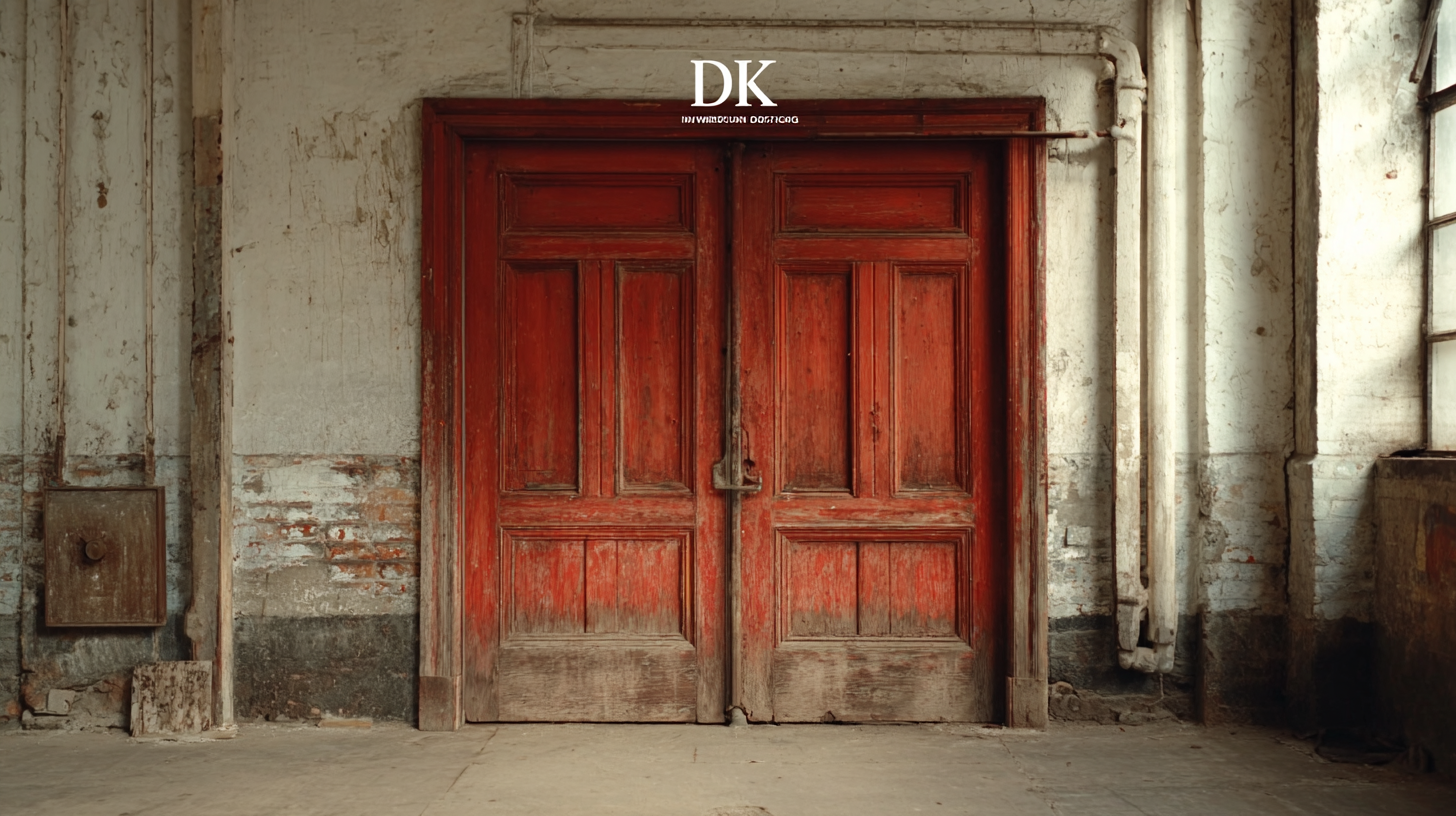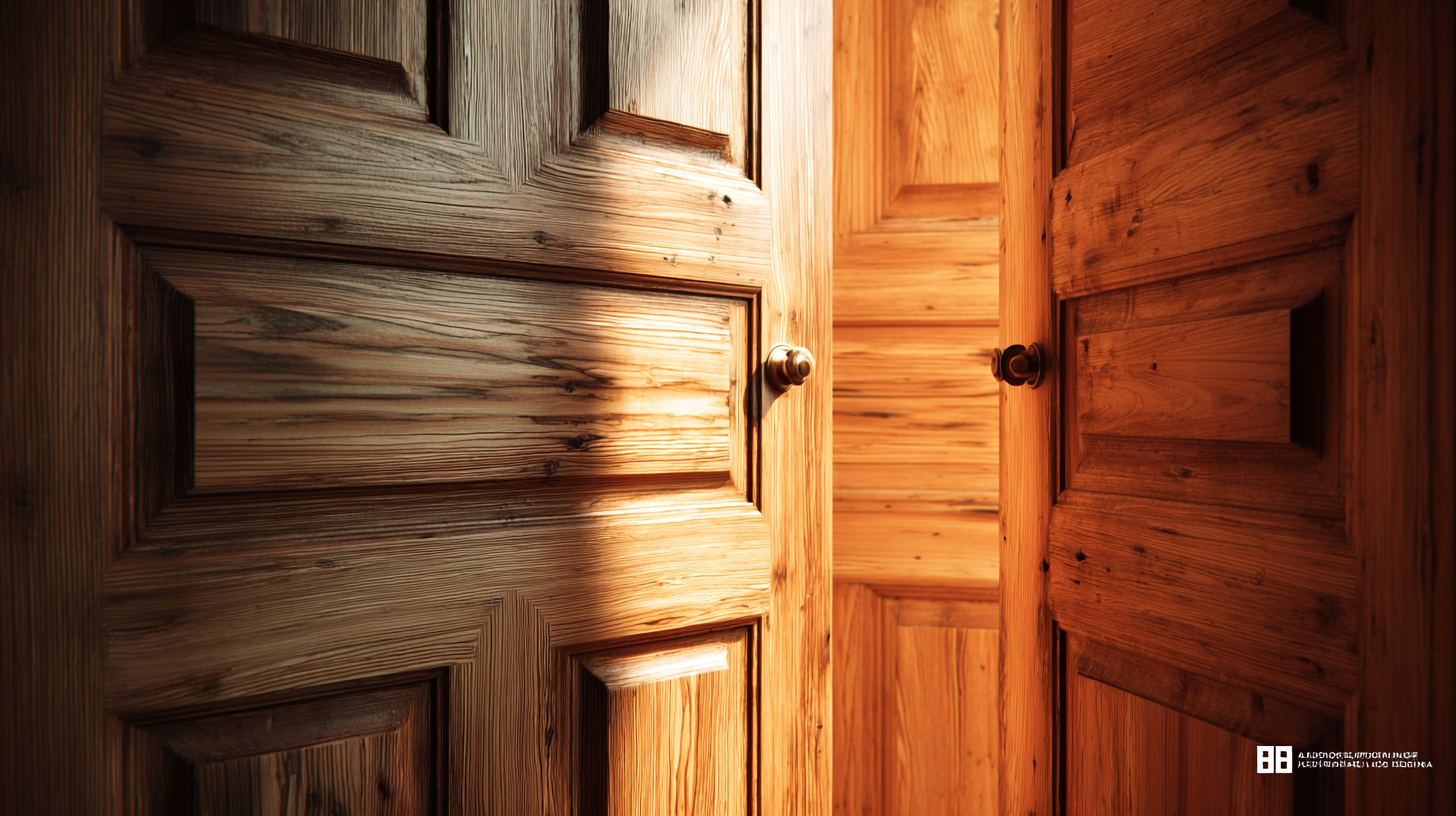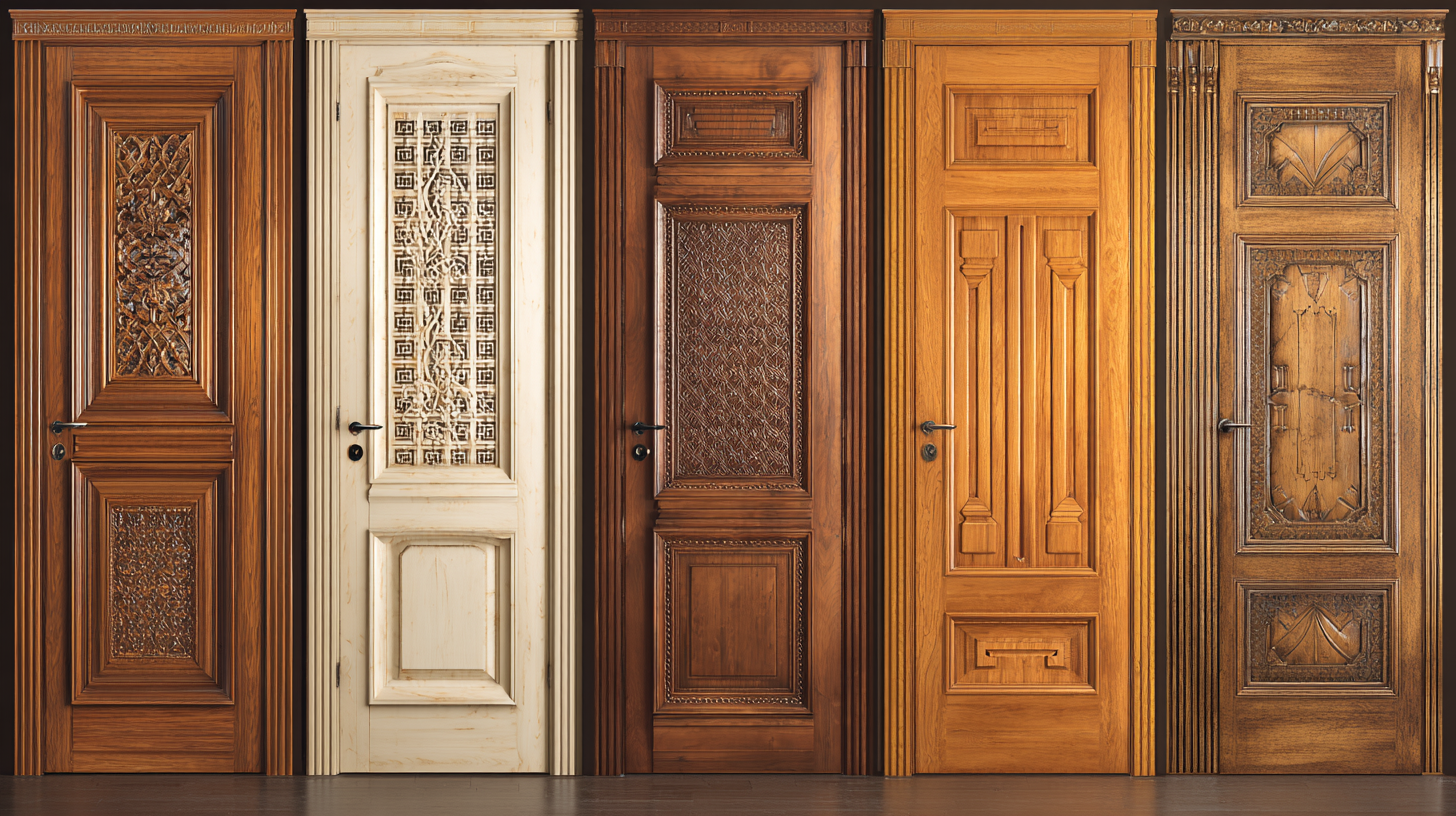
- English
- Español
- Português
- русский
- Français
- 日本語
- Deutsch
- tiếng Việt
- Italiano
- Nederlands
- ภาษาไทย
- Polski
- 한국어
- Svenska
- magyar
- Malay
- বাংলা ভাষার
- Dansk
- Suomi
- हिन्दी
- Pilipino
- Türkçe
- Gaeilge
- العربية
- Indonesia
- Norsk
- تمل
- český
- ελληνικά
- український
- Javanese
- فارسی
- தமிழ்
- తెలుగు
- नेपाली
- Burmese
- български
- ລາວ
- Latine
- Қазақша
- Euskal
- Azərbaycan
- Slovenský jazyk
- Македонски
- Lietuvos
- Eesti Keel
- Română
- Slovenski

Addressing Industry Production Standards: Unveiling Common Issues with Best Wooden Doors
The wooden doors industry plays a crucial role in the global construction and interior design markets, contributing significantly to both aesthetics and functionality in residential and commercial spaces. According to a report by Grand View Research, the global wooden door market was valued at approximately $38 billion in 2021, with an anticipated compound annual growth rate (CAGR) of 5.6% from 2022 to 2030.

Despite this growth, many manufacturers face challenges related to industry production standards, resulting in subpar product quality and inconsistencies. Issues such as variations in material sourcing, manufacturing processes, and compliance with international certification standards can undermine the integrity and durability of wooden doors. This blog will delve into the common problems encountered in the production of wooden doors and emphasize the importance of adhering to strict industry standards to enhance product quality and meet consumer expectations.
Identifying Key Quality Indicators in Wooden Door Manufacturing
When it comes to wooden door manufacturing, adhering to key quality indicators is essential to ensure durability, aesthetic appeal, and overall customer satisfaction. According to the Wood Products Council, a significant 45% of customer complaints arise from doors that fail to meet standard manufacturing specifications. Common issues include inadequate moisture content, poor adhesion in laminated structures, and substandard finishes, which can severely impact the product's lifespan and functionality.

To address these challenges, manufacturers must prioritize quality control during production. Regular moisture checks should be conducted, ensuring that wood is dried to the optimal range of 6-8% for interior doors to prevent warping and cracking. Additionally, utilizing high-quality adhesives that meet industry standards can greatly enhance the durability of laminated doors.
Tip: Implement a rigorous testing protocol for door finishes to comply with ASTM D4366 standards, ensuring resilience against scratching and wear. By focusing on these quality indicators, manufacturers can significantly reduce the chance of post-sale issues and cultivate a reputation for excellence in the wooden door market.
Common Defects: Understanding the Challenges in Wooden Door Production
In the realm of wooden door production, several common defects can significantly affect both quality and safety. One of the prevailing issues is the susceptibility of wooden doors to dampness and mould, which not only compromises the structural integrity but also poses potential health risks to occupants. Research indicates that around 30% of indoor environments suffer from damp conditions, which can lead to mould growth. This is particularly concerning in regions with high humidity, where untreated wood can absorb moisture, fostering an environment for mould to thrive.
Moreover, the use of natural fiber composites has emerged as a sustainable alternative to conventional wooden materials. These composites incorporate eco-friendly fibers such as jute, flax, and hemp, offering durability while minimizing the risk of moisture-related defects. According to recent industry reports, natural fiber composites can reduce weight by up to 30% compared to traditional materials, making them a viable option for manufacturers aiming to improve product performance while adhering to eco-conscious practices. As the industry continues to evolve, understanding these challenges is crucial for enhancing production standards and addressing the common defects associated with wooden door manufacturing.
Common Defects in Wooden Door Production
Sustainable Practices in Wooden Door Manufacturing: A Path to Quality
In the quest for high-quality wooden doors, sustainable practices in manufacturing have emerged as a crucial focal point. The wooden door industry faces significant challenges, including the over-exploitation of resources and the adverse environmental impacts of traditional manufacturing processes. Embracing sustainability not only mitigates these issues but also enhances the overall quality of the final product. By utilizing responsibly sourced timber and implementing eco-friendly production methods, manufacturers can create doors that are both durable and environmentally conscious.
Moreover, integrating sustainable practices drives innovation within the industry. Techniques such as using low-VOC finishes, recycling wood waste, and investing in energy-efficient machinery contribute to a reduced carbon footprint. These practices not only satisfy strict production standards but also resonate with consumers who increasingly prioritize eco-friendliness in their purchasing decisions. As the market shifts towards sustainability, manufacturers who adopt these approaches are likely to stand out, offering products that exemplify quality and environmental responsibility—a win-win for both the industry and the planet.
Consumer Expectations vs. Industry Standards: Bridging the Gap
When it comes to wooden doors, a notable gap exists between consumer expectations and industry standards. Consumers often seek durability, aesthetic appeal, and environmental sustainability in their wooden doors, while the industry sometimes struggles to meet these rising demands. A common concern is that many products do not adhere to the expected environmental certifications, leading to mistrust among consumers. This contradiction highlights the need for improved communication and quality control within the industry.
**Tips:** To ensure you’re choosing the best wooden door, always look for those that have clearly defined certifications. Do your research on the manufacturer’s sustainability practices and customer reviews to gain insights into their product quality. Furthermore, opting for companies that prioritize real-world feedback from their customers can help bridge the gap between what consumers desire and what is being produced.
Additionally, as industry standards evolve, so too should consumer education. Brands must engage with their audience to better align expectations with actual offerings. Informative content and transparent practices can empower consumers to make informed decisions, fostering a healthier relationship between producers and buyers. Aim for brands that openly share their production processes and quality assurance measures.
Addressing Industry Production Standards: Unveiling Common Issues with Best Wooden Doors - Consumer Expectations vs. Industry Standards: Bridging the Gap
| Issue | Consumer Expectation | Industry Standard | Discrepancy |
|---|---|---|---|
| Durability | Last for 15+ years | Typically 10-15 years | Potential for premature wear |
| Aesthetic Appeal | Attractive finish and color | Standard finishes | Limited customization options |
| Energy Efficiency | Good insulation properties | Basic insulation | Higher energy costs |
| Sustainability | Eco-friendly materials | Variable sourcing practices | Concerns over environmental impact |
| Cost | Affordable pricing | Market average pricing | Higher than expected expenses |
Innovative Solutions for Enhancing Wooden Door Quality and Durability
Innovative Solutions for Enhancing Wooden Door Quality and Durability
As the demand for high-quality wooden doors continues to grow, addressing common issues has become critical for manufacturers. According to the Wood Door Institute, improper sealing and finishing techniques are primary contributors to premature wear, with over 30% of doors showing signs of deterioration within the first five years. This highlights the urgent need for innovative solutions to ensure longevity. One effective approach is the introduction of advanced coatings that offer superior moisture resistance, significantly reducing the chances of warping and swelling typically observed in wooden doors.
